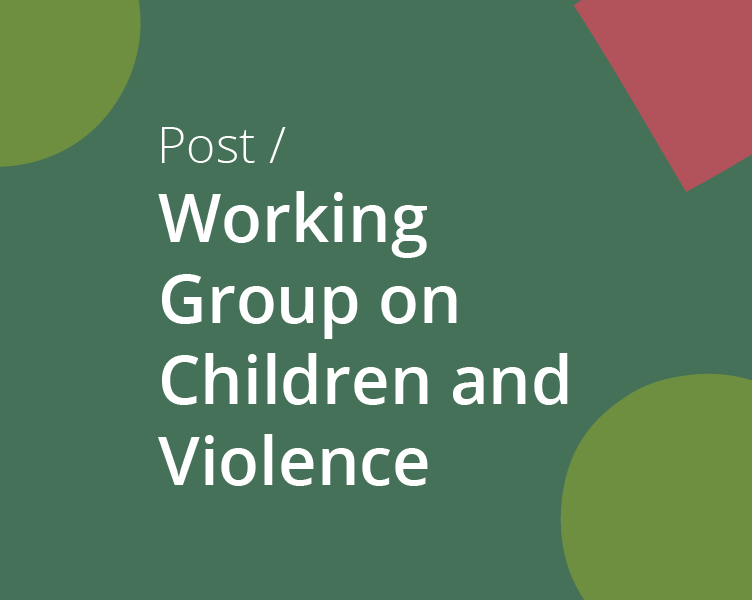Extreme poverty constitutes a severe form of violence
Extreme poverty is a severe form of violence against children, due to the multiple deprivations they suffer while living in poverty, and is often accompanied by stigma and discrimination.
At the same time, poverty makes children more vulnerable to other forms of violence such as child labor, child marriage, prostitution, sex trafficking, and recruitment as child soldiers [1].
Therefore, combatting extreme poverty is an effective and holistic approach to reducing multiple forms of violence against children simultaneously.
Despite the efforts made to reduce child poverty, millions of children around the world remain poor and are deprived of what they need to develop and thrive.
- 356 million children are living in extreme poverty, forced to live on less than $ 1.90 a day.
- 1 billion children are multidimensionally poor, without access to education, health, housing, nutrition, sanitation, or water (2).
Children living in poverty are unable to enjoy their rights, reach their full potential, and participate as full members of society (3).
Urgent action is needed to tackle child poverty and the vulnerability of children around the world, which is growing due to the COVID-19 pandemic, climate crisis, conflicts, and economic crises (4).
Extreme poverty exists also in developed countries
In the world’s richest countries, one in seven children still lives in poverty and one in four children in the European Union is at risk of falling into poverty (5).
Even though the material conditions of people living in poverty may vary between developed and developing countries, research has shown that around the world, people living in poverty suffer from social maltreatment. The public’s behavior towards people in poverty, including children, is characterized by prejudicial negative judgments, stigma and blame that leads to social exclusion (6).
A policy agenda to tackle child poverty
Drawing on the experience of the 20+ organizations of the Global Coalition to End Child Poverty, the policy agenda below outlines key building blocks for addressing child poverty, providing evidence-based guidance to inform national discussions on the best policy options for children [7].
- Build national support by ensuring that reducing child poverty is an explicit national priority.
- Expand child-sensitive social protection.
- Improve access to quality public services, especially for the poorest children.
- Promote decent work and inclusive growth agenda to reach families and children in poverty.
Participation of children throughout the process of design, implementation, and evaluation of policies is key for positive outcomes.
Based on the right of children to be heard and to participate (art 12 of CRC), children can improve programs and policies because they are experts about their lives, needs, and experiences. Participatory approaches involving children and families living in poverty include:
– The Merging of Knowledge methodology can identify hidden dimensions of poverty and develop measures to address them. It helps people, children, and families facing extreme poverty and social exclusion to dialogue with policymakers, business leaders, social workers, and teachers. Applied in a research collaboration with Oxford University, it highlighted the link between extreme poverty and violence against children (6).
– The Tapori approach: Tapori International, coordinated by ATD 4th World, offers a methodology, tools, and training based on decades of experience. Through activities and stories, children learn to express, listen, understand, make decisions, and elaborate knowledge from different perspectives. This enables them to become agents of change, initiating joint actions to fight for their rights and improve their conditions (8).
“My dream is for all children to have the right to education, and for all children’s lives to be protected, so they can read and study, shielded from the abuse of others. We must learn to help and love each other so that there is no more war.” Child from Egypt
REFERENCES:
[1] Office of the High Commissioner for Human Rights, Guiding principles on extreme poverty and human rights. Geneva.2012. https://www.ohchr.org/sites/default/files/Documents/Publications/OHCHR_ExtremePovertyandHumanRights_EN.pdf [2] UNICEF. https://www.unicef.org/social-policy/child-poverty [3] United Nations General Assembly, The Rights of the Child (Resolution A /RES/61/146, 23 January 2007), para46. [4] United Nations Department of Economic and Social Affairs (2021) The Sustainable Development Goals Report 2021, p.3 [5] UNICEF. https://www.unicef.org/social-policy/child-poverty [6] ATD Fourth World – Oxford University, 2019.https://www.atd-fourthworld.org/wp-content/uploads/sites/5/2019/05/Dim_Pauvr_eng_FINAL_July.pdf
[7] Global Coalition to End Child Poverty, 2022 http://www.endchildhoodpoverty.org/publications-feed/2022/10/11/briefing-paper [8] Tapori International. https://en.tapori.org/For any questions, please contact secretariat@childrightsconnect.org



